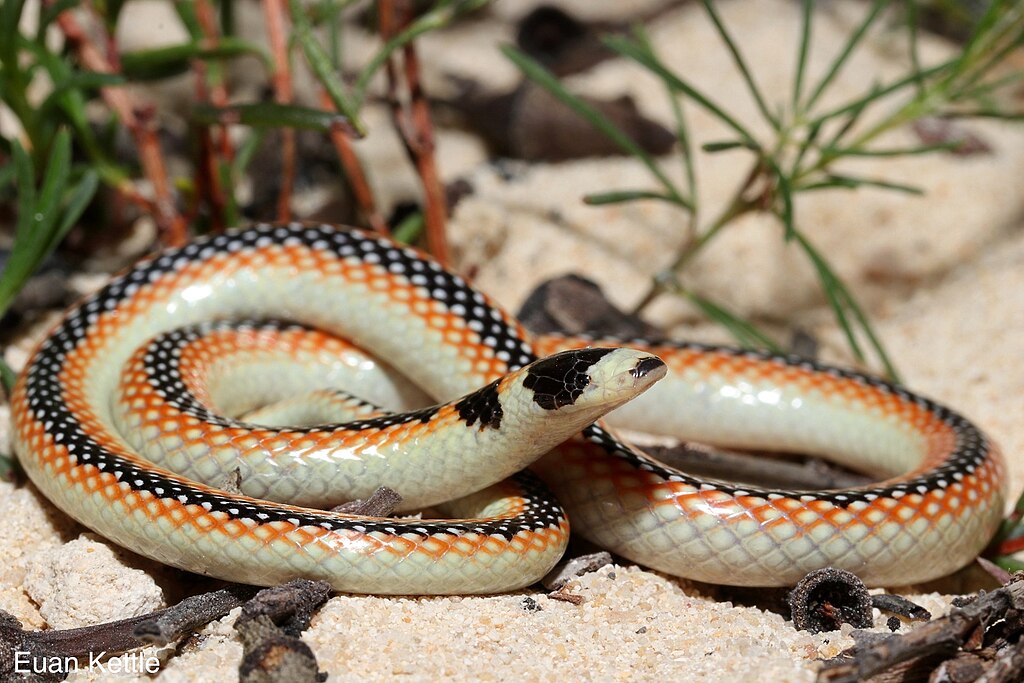In the shadowy depths of burrows and subterranean passages, evolution has taken a fascinating turn for certain snake species. Over millions of years, some snakes have adapted to life without light by gradually losing their eyes – a remarkable example of regressive evolution. These eyeless or nearly blind serpents have developed alternative sensory systems that allow them to thrive in their specialized habitats. Their story highlights nature’s incredible ability to adapt organisms to their ecological niches, even when it means losing what many would consider essential features. Join us as we explore six remarkable snake species that have evolved to navigate their world without the benefit of sight.
Brahminy Blind Snake (Indotyphlops braminus)
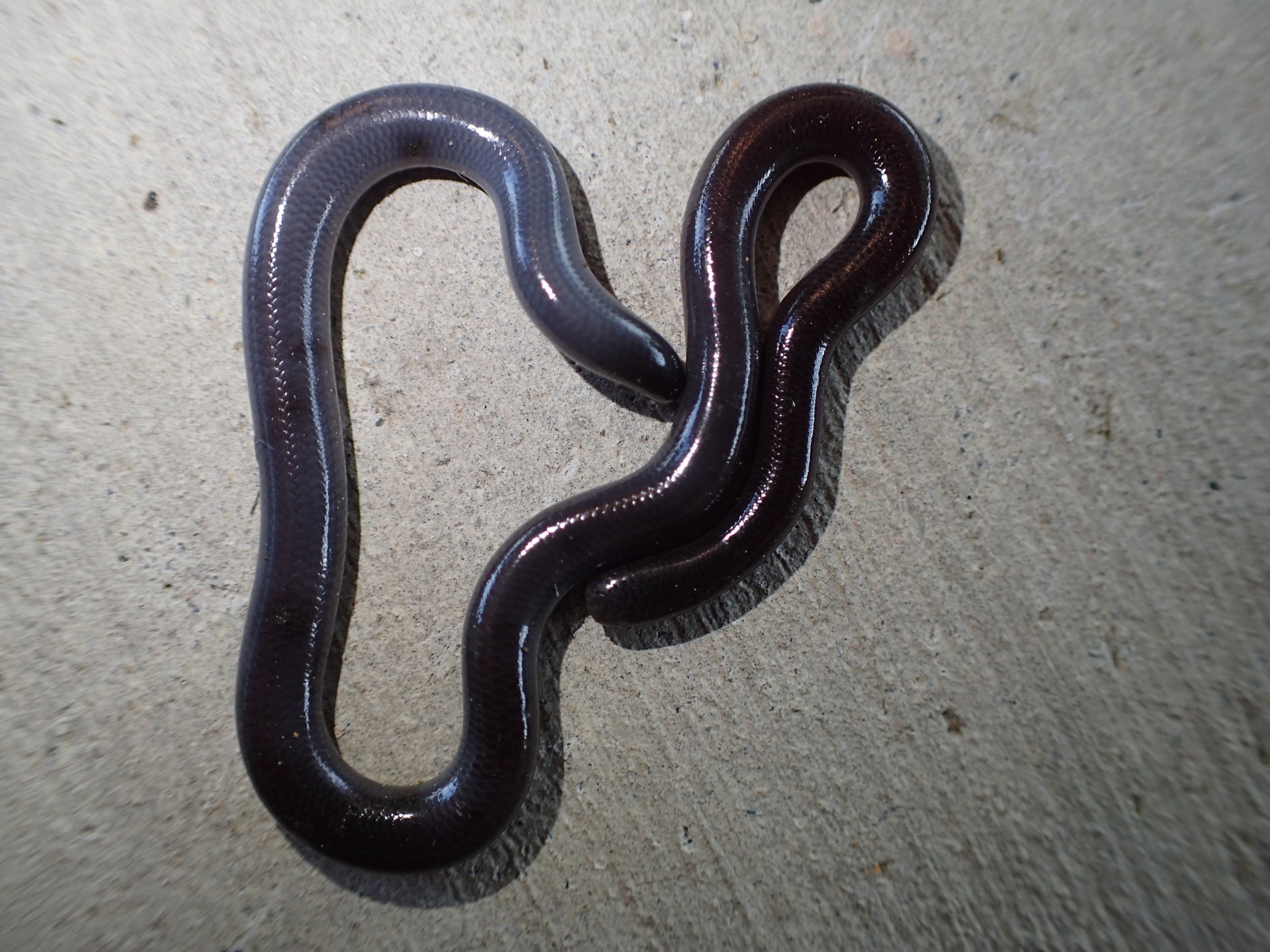
The Brahminy blind snake, also known as the flowerpot snake, stands as one of the most successful eyeless snake species on the planet. This tiny creature, rarely exceeding 6 inches in length and as thin as a spaghetti noodle, possesses only vestigial eyes covered by scales that appear as small dark spots on its head. Native to parts of Asia and Africa, this remarkable reptile has become one of the most widely distributed snake species through accidental introduction via the international plant trade. Perhaps the most extraordinary aspect of the Brahminy blind snake is its reproductive strategy – the entire species consists of females that reproduce through parthenogenesis, essentially cloning themselves without the need for males. These underground specialists feed primarily on ant and termite eggs, larvae, and pupae, using their specialized jaw structure and chemosensory abilities to locate prey in complete darkness.
Texas Blind Snake (Rena dulcis)
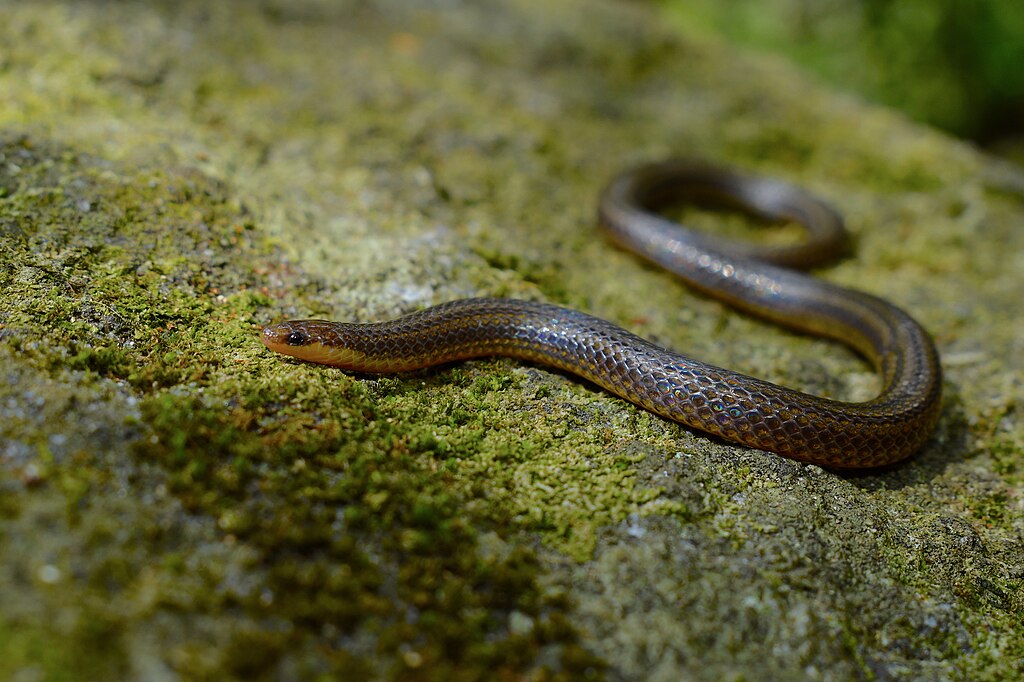
The Texas blind snake represents an evolutionary marvel adapted perfectly to its fossorial (burrowing) lifestyle across the southwestern United States and northern Mexico. Growing to lengths between 8 and 12 inches, these serpents possess vestigial eyes that appear as small dark spots beneath translucent scales, providing them with minimal light perception but no actual vision. Their cylindrical body and smooth, shiny scales create the perfect structure for moving through soil with minimal resistance, while their small, countersunk lower jaw prevents dirt from entering their mouth while burrowing. The Texas blind snake has developed highly specialized feeding behaviors, using its forked tongue and Jacobson’s organ to detect chemical trails of ants and termites, its primary prey. Despite living predominantly underground, these snakes occasionally surface after heavy rains, which is when most humans encounter them – often mistaking them for earthworms due to their similar appearance and movement patterns.
Mexican Blind Snake (Anomalepis mexicanus)
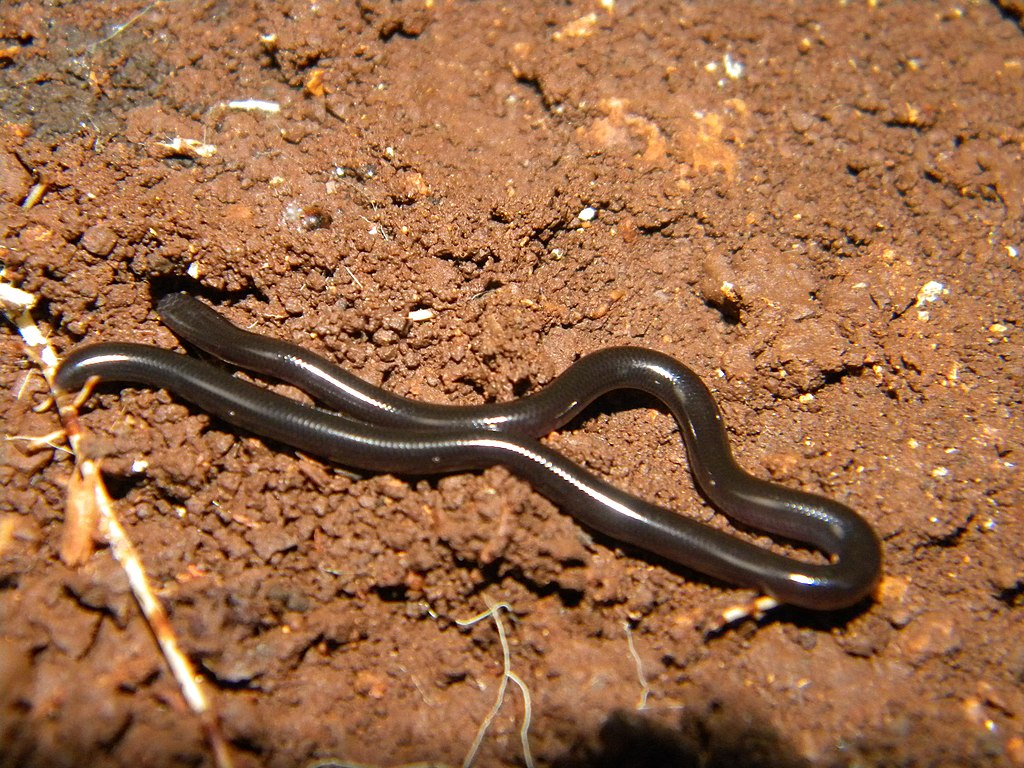
The Mexican blind snake exemplifies evolution’s remarkable ability to adapt organisms to specialized ecological niches. This slender snake, typically measuring between 10 and 14 inches, possesses eyes that have degenerated to the point of being merely vestigial structures covered by scales, rendering them effectively blind. What makes the Mexican blind snake particularly fascinating is its specialized skull structure that has evolved specifically for its burrowing lifestyle, featuring a reinforced rostral (nose) area that acts like a shovel to displace soil. Their diet consists primarily of subterranean insects and their larvae, with a particular preference for termites and ants, which they locate using their highly developed chemosensory abilities. The Mexican blind snake’s range extends through Mexico and into parts of Central America, where it occupies diverse habitats from tropical forests to arid regions, always preferring loose, moist soils that facilitate their burrowing lifestyle. Despite being relatively common throughout their range, these secretive serpents remain poorly studied due to their subterranean habits, with many aspects of their reproduction and behavior still shrouded in mystery.
Muller’s Blind Snake (Xenotyphlops mulleri)

The Muller’s blind snake, endemic to the island of Madagascar, represents one of the most evolutionarily distinct blind snake species on Earth. This rare serpent belongs to the family Xenotyphlopidae, which diverged from other snake lineages approximately 65 million years ago, around the time dinosaurs went extinct. Unlike many blind snakes with vestigial eyes, Muller’s blind snake has lost its eyes completely, with not even rudimentary structures remaining beneath its smooth head scales. Their body is highly specialized for a fossorial lifestyle, with a cylindrical shape, exceptionally smooth scales, and a spine capable of significant flexibility to navigate through the complex root systems and soil structures of Madagascar’s eastern rainforests. The Muller’s blind snake employs an unusual hunting strategy among blind snakes, using its specialized jaw structure to extract termites directly from their underground chambers rather than just feeding on eggs and larvae. Conservation concerns have recently emerged for this species as deforestation in Madagascar threatens its highly specialized habitat, potentially putting this living fossil at risk before scientists have fully understood its unique biology and ecological role.
Mediterranean Worm Snake (Xerotyphlops vermicularis)
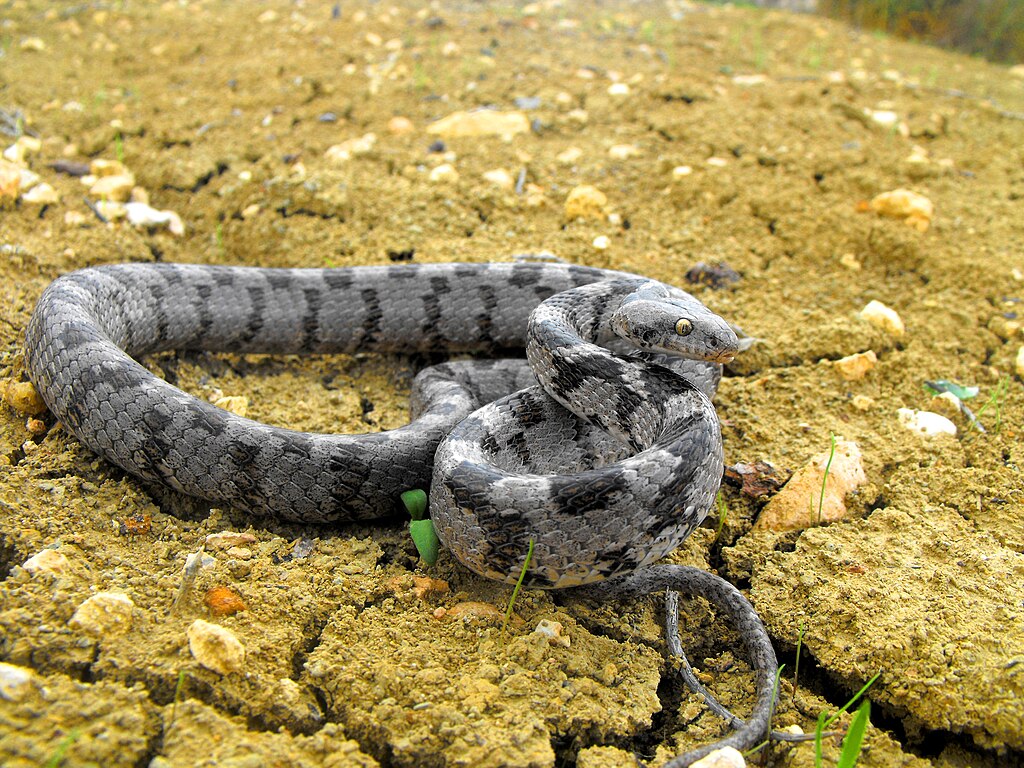
The Mediterranean worm snake inhabits a broad range stretching from the Balkan Peninsula through Turkey and the Middle East into parts of Central Asia, representing one of the most widespread blind snake species in the Old World. These small serpents, typically measuring between 8 and 14 inches, possess vestigial eyes that appear as tiny dark spots beneath clear scales, providing them with rudimentary light detection capabilities but no true vision. What makes this species particularly remarkable is its exceptional burrowing ability, facilitated by a reinforced skull and specialized muscles that allow it to penetrate harder and more compacted soils than many other blind snake species. The Mediterranean worm snake has developed fascinating defensive behaviors to compensate for its lack of vision and small size – when threatened, it can stiffen its body into a rigid rod and even jump or flip its body in unpredictable directions to confuse predators. Their diet consists primarily of ant and termite eggs and larvae, which they locate using their highly sensitive vomeronasal system that can detect minute chemical traces left by their prey. Despite being largely unknown to the general public, this species plays a crucial ecological role in controlling insect populations throughout its extensive range across multiple countries and diverse habitat types.
Arabian Blind Snake (Letheobia caeca)
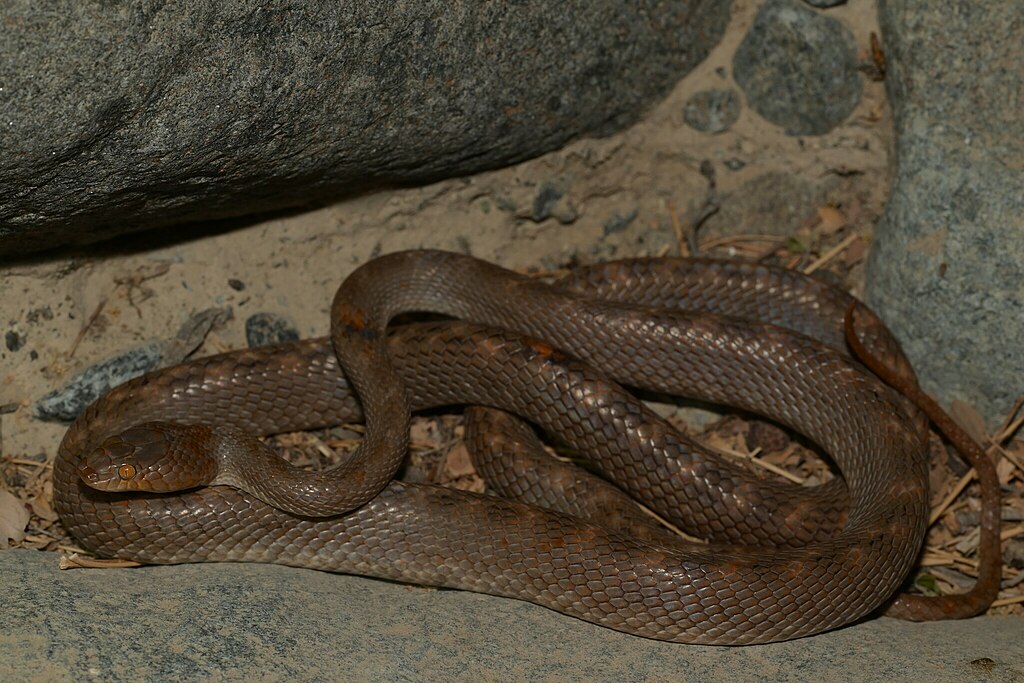
The Arabian blind snake represents an extreme adaptation to the harsh desert environments of the Arabian Peninsula, where it has evolved to survive in one of Earth’s most challenging habitats. This slender serpent, typically measuring between 10 and 16 inches, has completely lost its eyes through evolutionary processes, with not even vestigial structures remaining beneath its scales. Instead of eyes, the Arabian blind snake has developed an extraordinarily sensitive tactile system, with specialized nerve endings throughout its skin that can detect subtle vibrations and pressure changes in the sand and soil around it. Their cylindrical body shape, combined with highly polished, tightly overlapping scales, creates an almost friction-free surface that allows them to “swim” through loose desert sands with remarkable efficiency. The Arabian blind snake has evolved specialized physiological adaptations to desert life, including highly efficient kidneys that allow them to extract and conserve every possible molecule of water from their prey, enabling them to survive in areas that receive less than 5 inches of rainfall annually. Despite living in one of the world’s most intensively studied desert ecosystems, the Arabian blind snake remains poorly understood by scientists, with significant gaps in our knowledge regarding its reproductive behavior, population dynamics, and specific ecological requirements.
Evolutionary Advantages of Eyelessness
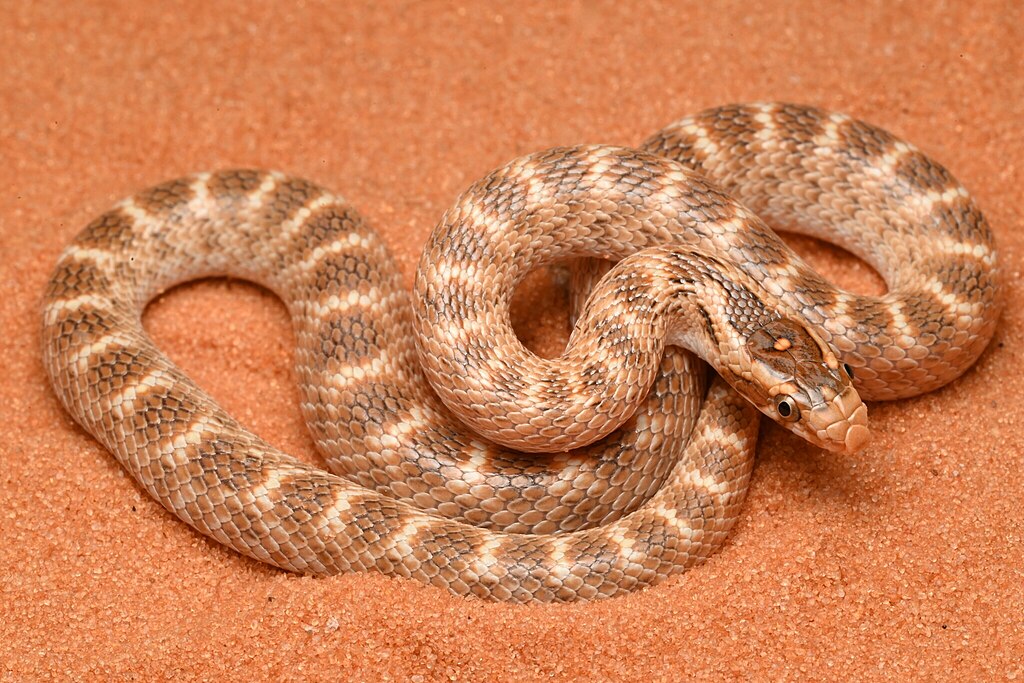
The loss of eyes in these snake species represents a fascinating case of regressive evolution, where once-useful structures gradually disappear when they no longer provide survival advantages. For burrowing snakes, eyes can actually become liabilities – they’re vulnerable to damage from soil particles and require energy to maintain despite providing little benefit in lightless underground environments. By eliminating eyes, these species can dedicate more genetic and developmental resources to enhancing other sensory systems more valuable for their lifestyle, such as chemoreception through their vomeronasal organ or tactile sensitivity through specialized skin cells. The loss of eyes also streamlines their body design, eliminating unnecessary protrusions that could increase friction or catch on obstacles during burrowing. Studies comparing the metabolic rates of blind snakes to visually-reliant snake species have shown that the energy savings from not maintaining complex optical structures can be significant, potentially providing blind snakes with survival advantages in resource-limited environments. This pattern of eye reduction or loss has evolved independently multiple times across different snake lineages, demonstrating how similar environmental pressures can drive convergent evolutionary outcomes.
Sensory Adaptations That Replace Vision
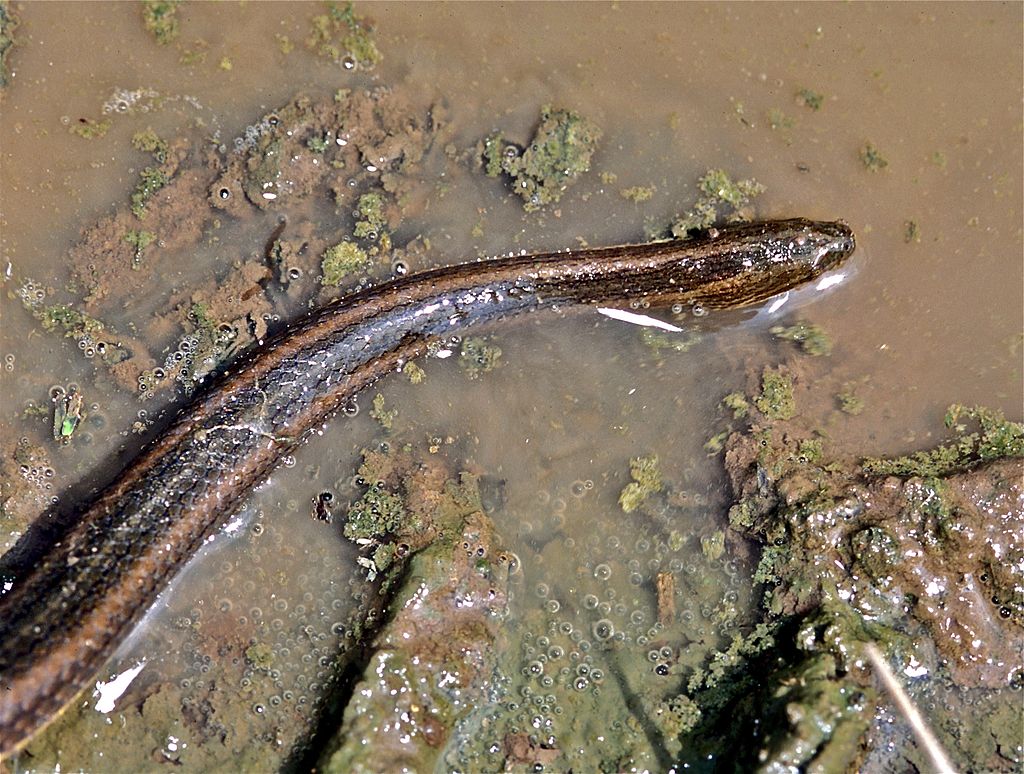
Without functional eyes, blind snakes have developed remarkable alternative sensory systems to navigate their world and locate prey. The most significant adaptation is their highly specialized vomeronasal system, centered around the Jacobson’s organ in the roof of their mouth, which processes chemical information collected by their constantly flicking tongue. This chemosensory system in blind snakes is proportionally larger and more complex than in sighted snakes, allowing them to create detailed “smell maps” of their surroundings. Additionally, blind snakes possess specialized mechanoreceptors distributed across their scales that can detect minute vibrations and pressure changes in the soil around them, effectively allowing them to “hear” through their skin. Some species, particularly those in the family Typhlopidae, have developed unique sensory organs located in the scales of their head region that can detect electric fields generated by the muscular movements of their insect prey. These combined sensory adaptations create a perceptual world entirely different from our own visual experience, but one that provides blind snakes with all the information they need to hunt, navigate, find mates, and avoid predators in their subterranean environment.
Habitat and Distribution Patterns
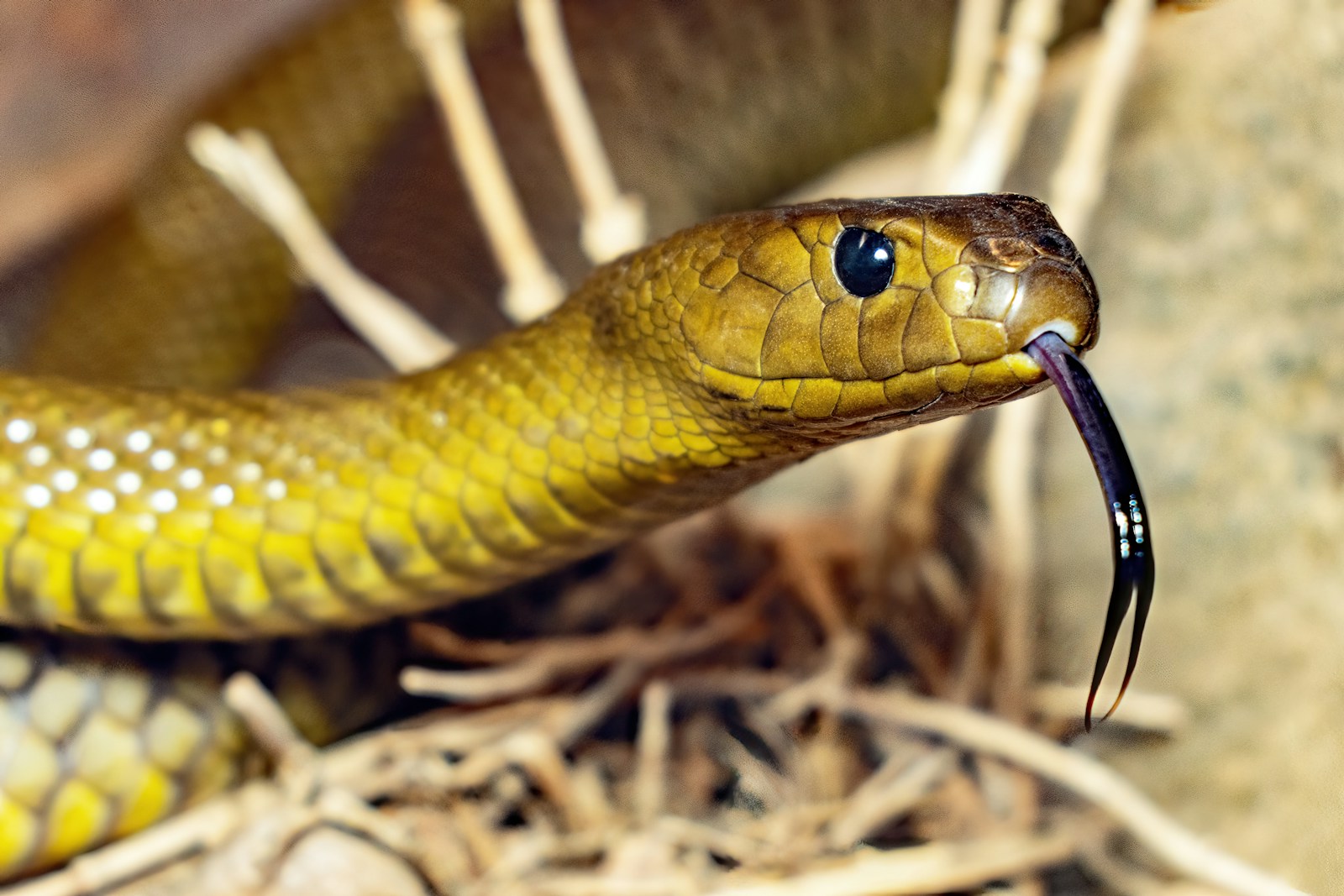
Eyeless snake species have successfully colonized a remarkable diversity of habitats across six continents, demonstrating the effectiveness of their evolutionary adaptations. While most heavily concentrated in tropical and subtropical regions, blind snakes can be found from rain forests to deserts, their distribution largely determined by soil conditions rather than surface features. They typically prefer areas with loose, moist soils that facilitate burrowing, though some species have adapted to harder, more compacted substrates. An interesting pattern emerges when analyzing their global distribution—blind snake diversity tends to be highest in ancient continental landmasses that were once part of Gondwana, suggesting their evolutionary history extends back over 100 million years. Their distribution has been further influenced by human activities, with species like the Brahminy blind snake becoming accidentally introduced to new regions through the international plant trade. Some blind snake species show remarkable habitat specificity, such as certain Ramphotyphlops species that live exclusively in termite mounds, forming complex symbiotic relationships with their insect hosts. Climate change poses a potential threat to many blind snake species, as shifting precipitation patterns alter soil moisture levels critical to their survival in many regions.
Feeding Strategies Without Visual Cues
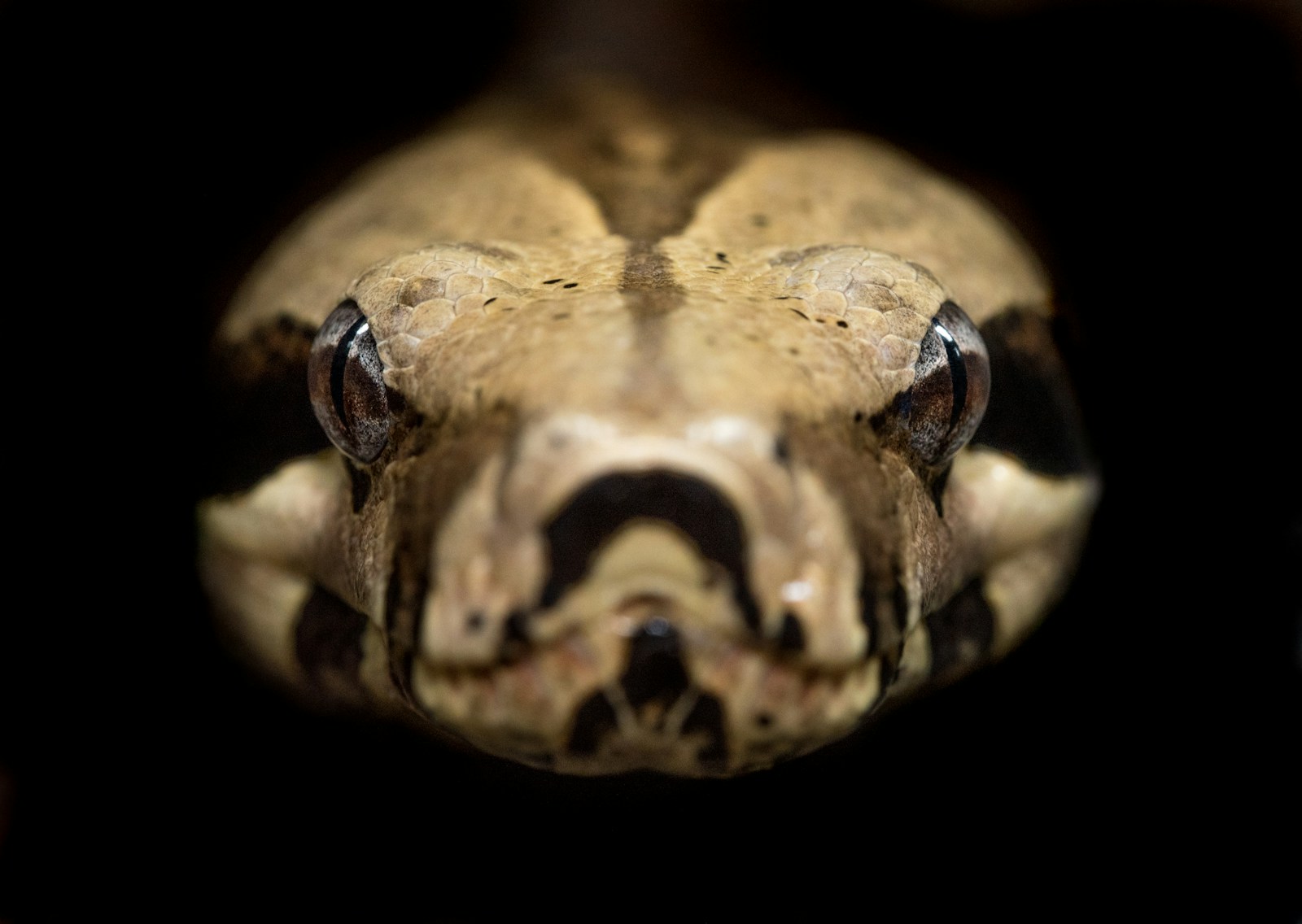
Blind snakes have developed specialized feeding strategies that allow them to locate and consume prey without the benefit of sight. Most species are myrmecophagous (ant and termite specialists), using their highly sensitive chemosensory abilities to detect the pheromone trails that these social insects use for communication. Once a colony is located, blind snakes employ their specialized skull structure and unique jaw mechanics to breach the protective walls of ant and termite nests with remarkable precision. Their feeding apparatus has evolved specifically for their diet, featuring long, curved teeth in the upper jaw only, which they use to scoop up eggs, larvae, and pupae while minimizing the risk of being attacked by worker insects. Some species, including members of the genus Typhlops, have developed specialized digestive enzymes that can break down the hard chitin exoskeletons of adult insects, expanding their potential prey base beyond just the soft-bodied developmental stages. Perhaps most remarkable is their ability to feed in cramped, confined spaces inside insect nests, using subtle body movements and specialized muscular control to maneuver prey into their mouth without the spacial awareness that vision would typically provide.
Reproductive Adaptations in the Dark
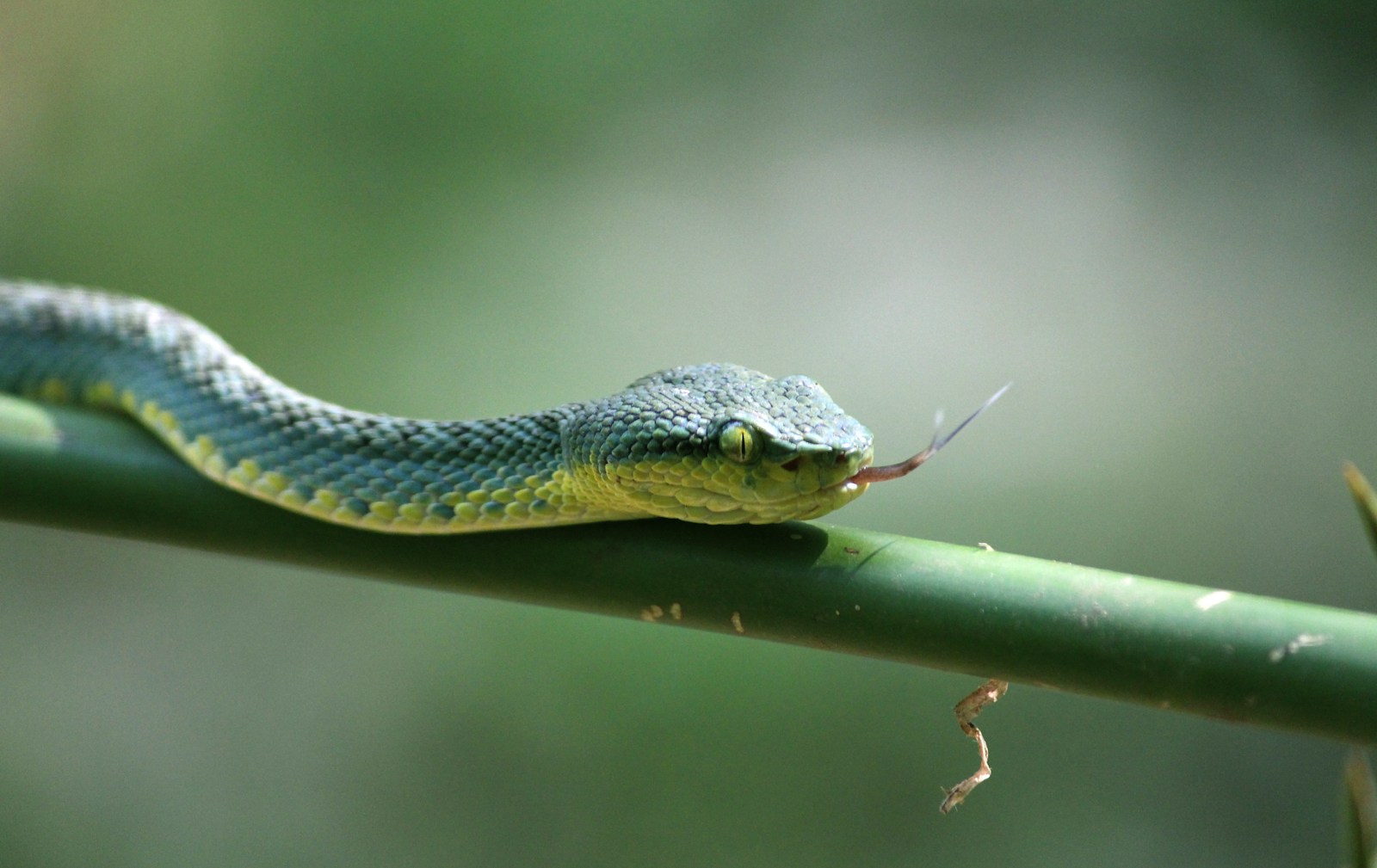
Reproduction in eyeless snake species presents unique challenges that have driven the evolution of specialized behavioral and physiological adaptations. Without visual cues to identify potential mates, blind snakes rely primarily on pheromone detection, with males following chemical trails left by receptive females during breeding seasons. Most blind snake species are oviparous (egg-laying), producing small clutches of elongated eggs specially adapted with flexible shells that can conform to the irregular spaces of underground chambers. The Brahminy blind snake represents an evolutionary extreme, having eliminated males entirely—the entire species consists of females that reproduce through parthenogenesis, essentially cloning themselves, which has contributed significantly to their success as invasive species in new environments. Research on several blind snake species suggests they may practice facultative viviparity, retaining eggs internally during adverse environmental conditions and only laying them when conditions improve. Parental care, while rare among snakes generally, has been documented in some blind snake species, with females remaining with their eggs until hatching and potentially providing protection against predators like centipedes and predatory beetles that share their subterranean habitat.
Conservation Challenges for Invisible Species
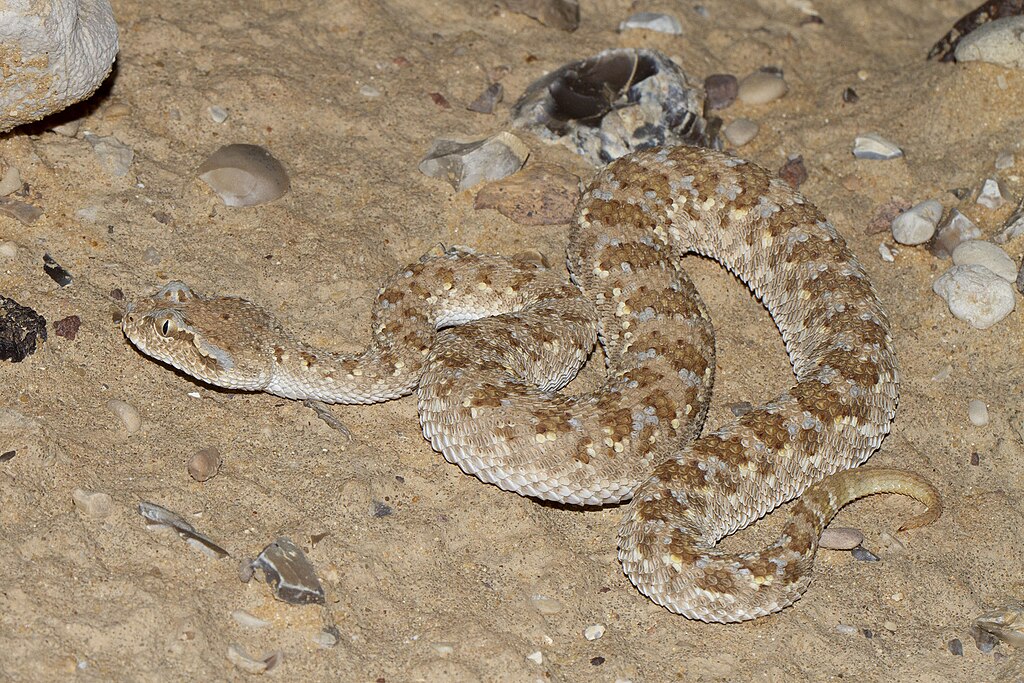
The conservation of eyeless snake species presents unique challenges rooted in their secretive nature and our limited understanding of their ecology. Traditional wildlife monitoring methods often prove ineffective for these subterranean specialists, making population assessments difficult and resulting in many species being listed as “Data Deficient” by conservation organizations. Habitat destruction poses the greatest threat to blind snake diversity, with agricultural intensification, urbanization, and mining activities directly destroying their underground habitats or altering soil chemistry and structure in ways that make areas uninhabitable. Climate change presents an emerging threat, as shifting precipitation patterns affect soil moisture levels critical for both the snakes and their insect prey. Conservation efforts are further complicated by taxonomic uncertainties, as molecular studies frequently reveal that what was thought to be a single widespread species is actually a complex of multiple cryptic species with potentially more restricted ranges and specialized habitat requirements. The lack of public awareness about these fascinating reptiles also impacts conservation funding and prioritization, as blind snakes lack the charismatic appeal that drives protection efforts for many other threatened species. Despite these challenges, several regional initiatives have begun specifically targeting subterranean reptile conservation, implementing habitat protection measures and conducting detailed ecological studies to better understand their conservation needs.
Evolutionary History and Relationships
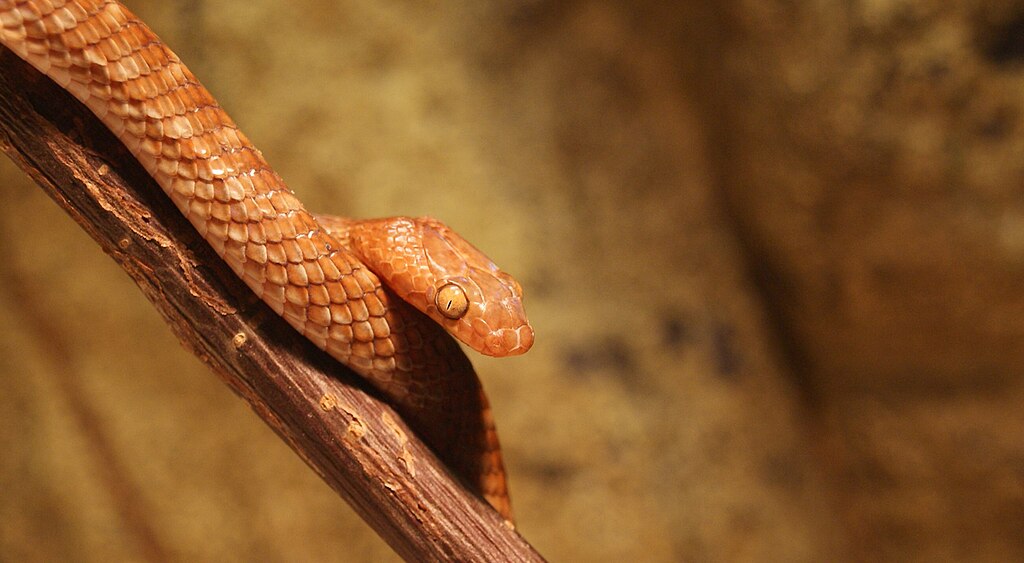
The evolutionary history of eyeless snakes presents one of herpetology’s most fascinating chapters, with genetic and fossil evidence suggesting their lineages diverged from other snakes approximately 100-150 million years ago during the Early Cretaceous period. Blind snakes belong primarily to the infraorder Scolecophidia, comprising three main families: Typhlopidae, Leptotyphlopidae, and Anomalepididae, with each representing independent evolutionary paths toward similar adaptive strategies. Fossil records of these specialized reptiles remain sparse due to their small size and fragile skeletons, though rare discoveries in amber and limestone deposits have provided glimpses into their ancient past, confirming that their eyeless adaptations have persisted for at least 40 million years. Recent molecular phylogenetic studies have revealed surprising relationships, suggesting that despite their similar appearance, some blind snake groups are more closely related to advanced snakes than to each other, representing a remarkable case of convergent evolution. The process of eye loss appears to have occurred gradually over millions of years, with different species showing various stages of this evolutionary regression – from species with small but functional eyes to those with completely absent visual structures. This evolutionary timeline aligns with major geological events, particularly the breakup of the supercontinent Gondwana, explaining their current distribution patterns across southern continents and providing a living window into ancient biogeographical processes.
Conclusions: Lessons from Evolution’s Eyeless Wonders
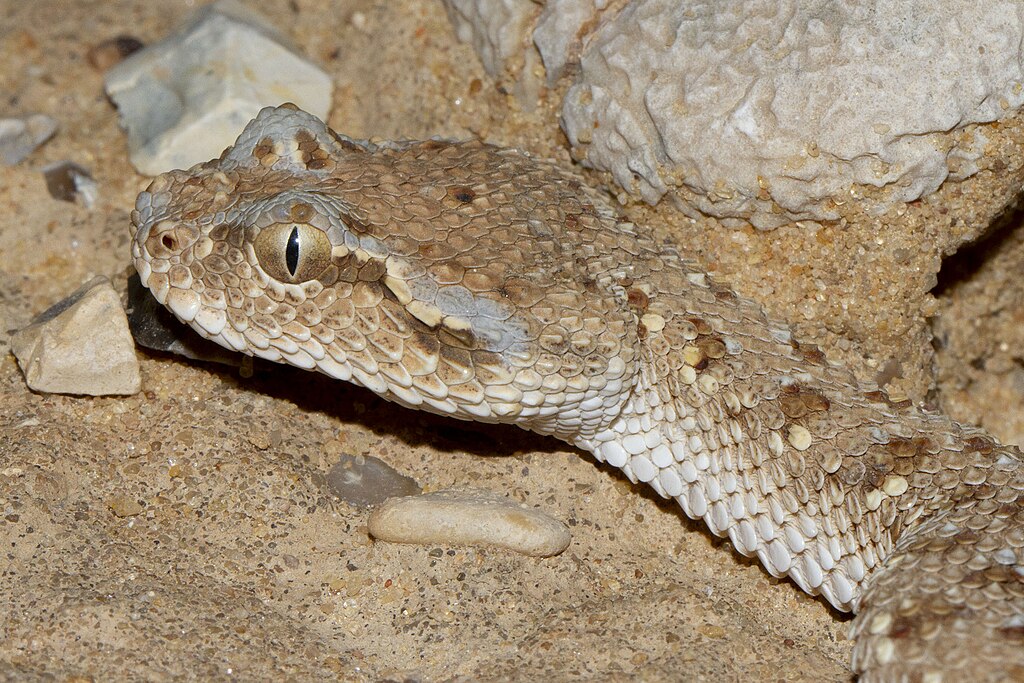
The story of eyeless snakes offers profound insights into the adaptive power of evolution and challenges our preconceptions about what constitutes biological “advancement.” These remarkable reptiles demonstrate that evolution does not always proceed toward greater complexity – sometimes, the most successful adaptation involves losing features that are no longer beneficial in specialized environments. Their sensory innovations highlight nature’s remarkable ability to find alternative solutions to life’s challenges, developing heightened chemical, tactile, and thermal sensing systems that create a perceptual world entirely different from our visually-dominated experience. For scientists, blind snakes continue to provide valuable research opportunities, from understanding the genetic mechanisms of regressive evolution to studying sensory processing in the absence of visual input. Conservation biologists now face the urgent task of protecting these poorly understood species as human activities increasingly threaten their subterranean habitats worldwide. Perhaps most importantly, these extraordinary serpents remind us that beneath the surface of our everyday experience exists a hidden world of evolutionary marvels – species that have followed unique evolutionary paths to thrive in environments we can barely imagine navigating. In their eyeless existence, these snakes have not lost their way – they have simply found a different one.

